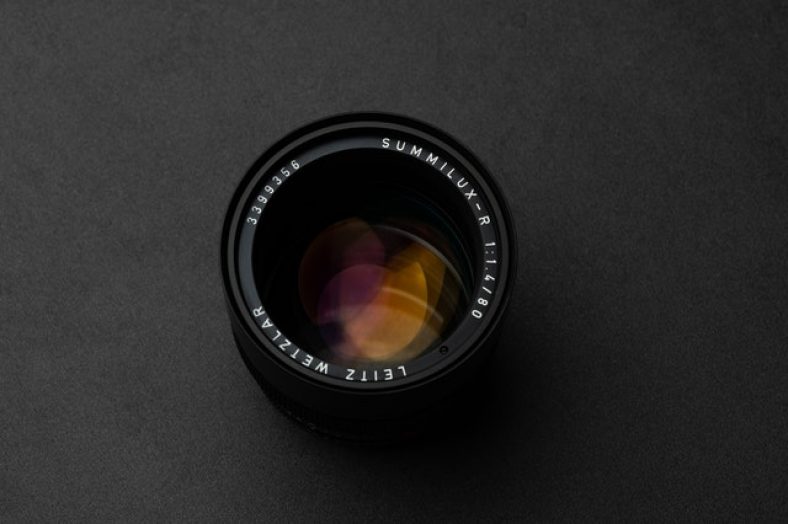Many people have long been baffled by the notion of a portraiture lens. Listening to many other photographers and reading the Internet makes many assume that if they want to photograph a person, they will need a lens with a focal length of 85mm or 135mm. anything else would be ineffective. Isn’t that even the case?
A portrait lens can be made out of any lens. The instant you use it to photograph a person’s image, it transforms into a portrait lens. So why not try out several lenses for your portrait photography?
Once you grasp the optical qualities of your lenses, you’ll notice that they can’t be classified as single-use anymore. Longer focal lengths result in a smaller field-of-view and a shallower depth of field. However, wide-angle lenses, as the name implies, provide a broader field of view. There are a few optical phenomena that can be used to your advantage as a result of this.
Wide Angle Lens
Whereas it comes to 35mm “full-frame” lenses, anything less than a 50mm lens (commonly referred to as a “normal”) is considered wide-angle. Wide-angle lenses are those with focal lengths of 18mm, 24mm, or 35mm. Let us explore their optical qualities.
Wide-angle lenses have a greater depth of field by default. This means you’ll obtain a wider depth of field with a shorter lens at the same subject range and aperture. However, this does not dismiss the possibility of achieving a very shallow depth of field.
When employing wide-angle lenses, another aspect of optics that impacts us is that objects near the camera look bigger than those far away. Getting close to your subject will not only make them bigger in the frame, but it will also make them proportionally larger.
Corners and sides
Ensure you are also cautious about the frame’s corners and sides. This is the region of the image where the perspective differs from what your eyes see normally. Therefore, placing a subject in the corner or near the side of the frame could twist it slightly. By adjusting the camera at a tilted angle, this effect could be amplified even more.
You should be capable of using wide-angle lenses effectively for portraiture. Now that you know how they influence the picture, let’s look at portrait-specific concerns in light of the prior remarks. As you try each of them, you’ll better understand how your lens works and what kind of outcomes you may expect. This is critical because each lens has its distinct characteristics.
The depth of the field
“Depth of field” refers to the difference between what is entailed in focus and out of focus. A smart photographer understands how to use his camera to manage depth of field, which makes a great shot.
Understanding and controlling the depth of field is critical to creating the photos you want. In fact, in this kind of photography, that is the most crucial method.
What is the portrait lens?
You may use the optical qualities of a lens to your advantage. The lenses are still lenses. When taking photographs of individuals, you should follow several standards in the field of portrait photography.
The true art of portrait photography is capturing images when the subjects are relaxed and unconcerned about the camera.
By employing gimmicks, many skilled photographers attempt to capture their subject’s actual essence. For instance, after you’ve counted to three, to ready the subject, the photographer will take a few additional impromptu photos while they are relaxed after shooting the planned photo.
The subject will most likely be unaware that the photographer took multiple images. Still, the images that the subject did not expect to be taken usually capture their true character.
To sum up
Several powerful wide-angle lenses are available at low cost and clearly distinguish between the subject and the background.
If you haven’t done so already, I hope this article has inspired you to try wide-angle portraiture. Have fun shooting!
